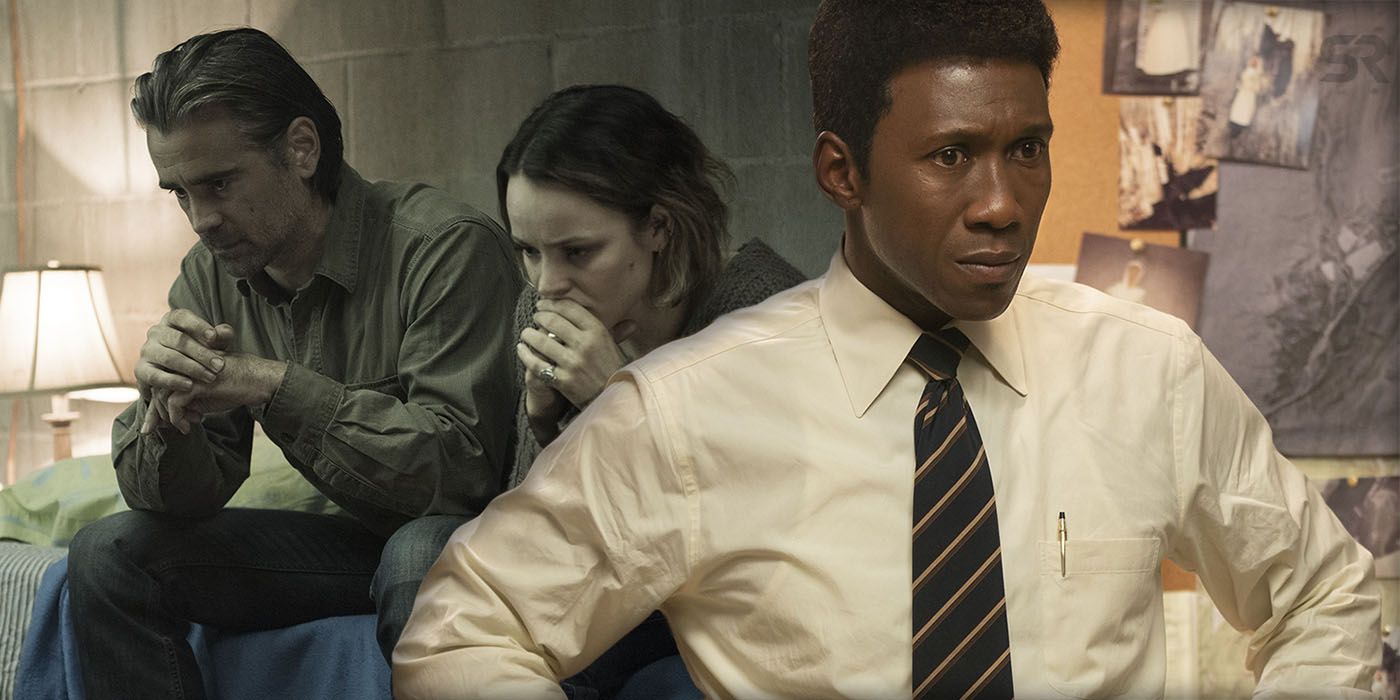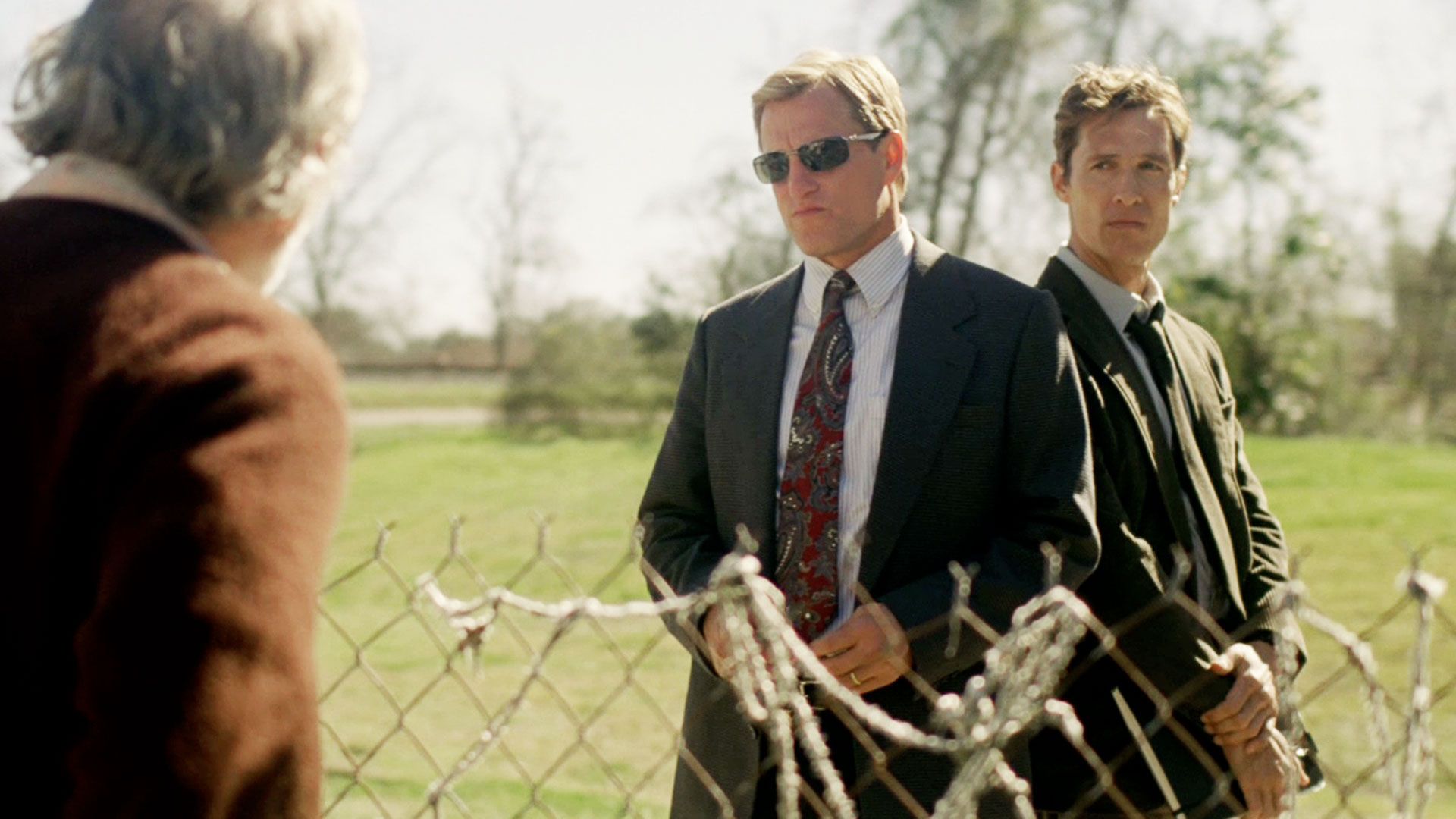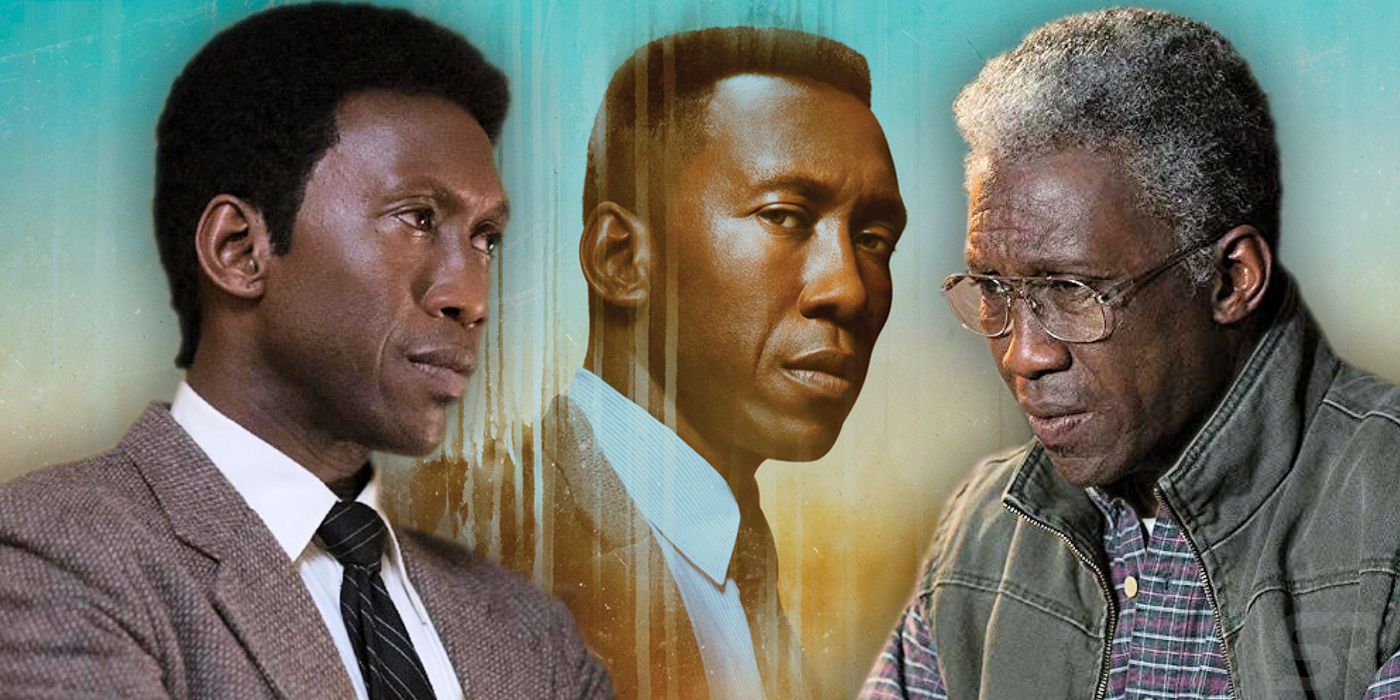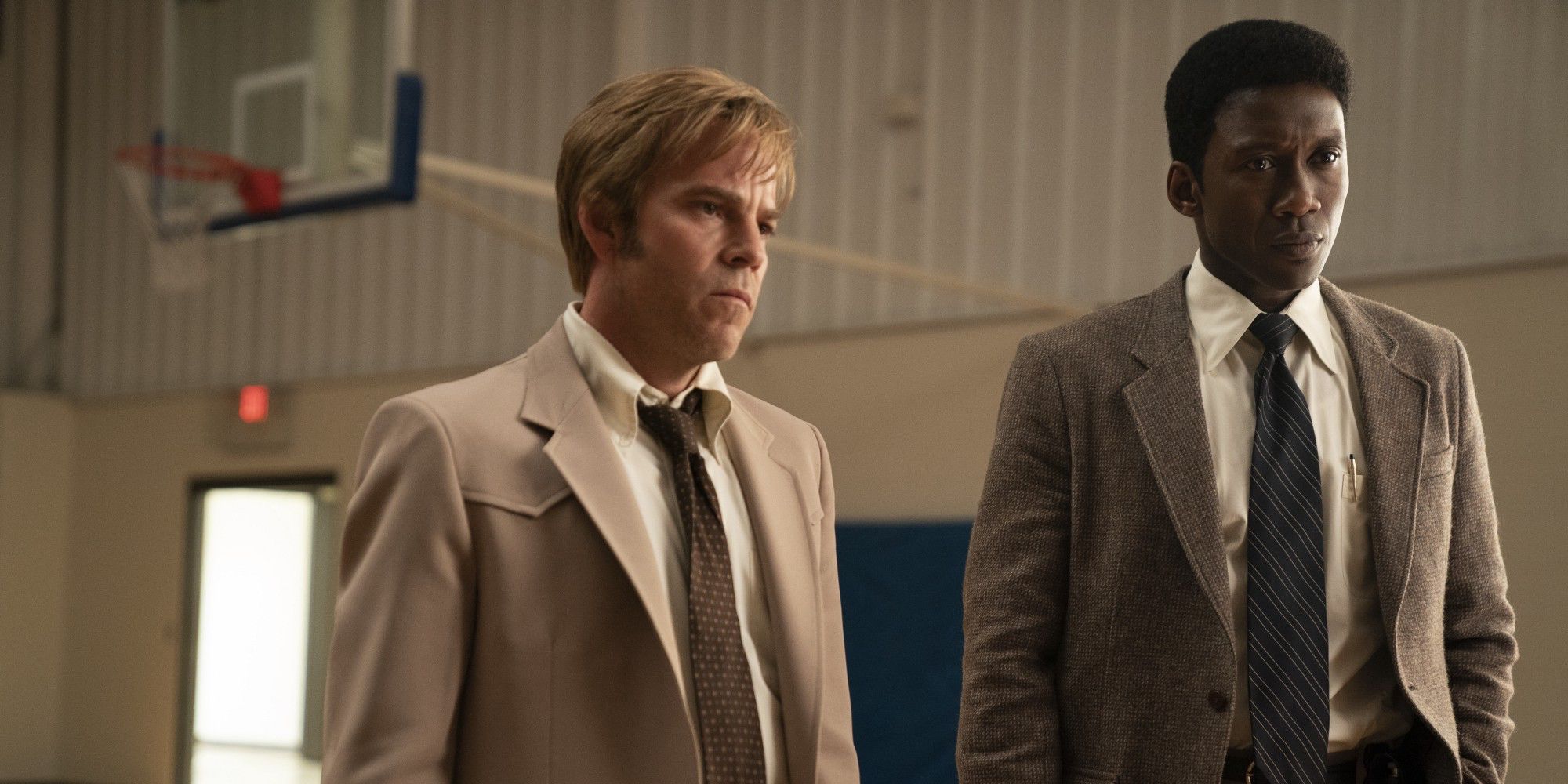True Detective season 3 is nearing its endgame, and it can safely be said that it’s much better than season 2. The new run of episodes on HBO has helped restore faith in the series - faith that was seriously damaged by its own sophomore outing.
Once again coming from writer Nic Pizzolatto (who also directed a couple of episodes in season 3), the latest True Detective crime story is led by a captivating star turn from Mahershala Ali. The actor is in the running to to pick up his second Oscar win this year, for his role in Green Book, but his work on True Detective is even more powerful.
Related: True Detective Season 3 Rotten Tomatoes Score Higher Than Season 2
While Ali is great, he can't carry a show all by himself, and there are a number of factors in the resurgence of True Detective - from the supporting performances to the story. But above all, the show's third season has dealt with the macro problems that plagued season 2. Here's how Pizzolatto and co. have set about getting things back on track.
- This Page: True Detective Seasons 1 and 2
- Page 2: Why True Detective Season 3 Works
Why True Detective Season 1 Worked
True Detective burst onto screens back in 2014 to universal acclaim. A buzzy hit that sent the internet into a frenzy, it seemed like an overnight sensation, but creator Nic Pizzolatto had actually been developing the idea for years.
Pizzolatto started out as a short story writer and novelist, and True Detective was initially conceived as a novel. Around 2010, however, the writer started trying to break into TV, and one of his first screenplays was an early, rough version of True Detective, which he felt was better suited to television. In April 2012, HBO ordered the series. By that point, he’d already been developing the idea for at least two years, but most likely more. He then had another nine months before filming started.
What all that means is that Pizzolatto had had the idea percolating in his mind for an age, and was able to refine it and perfect it before the cameras started rolling. Then he was able to draft in Cary Joji Fukunaga to work alongside him. Their partnership, and Fukunaga’s gift for stunning shots and visual storytelling, elevated True Detective to a new level, marking it as one of the best shows of the Golden Age. That’s true of Matthew McConaughey and Woody Harrelson’s performances too, but it all stems from Pizzolatto having the time to meticulously craft his story, characters, and world.
Related: True Detective Season 3 Is In The Same World As Season 1
Why True Detective Season 2 Failed
As can often be the case, success was a double-edged sword for True Detective. The show got good ratings and won a slew of awards, which naturally led to a renewal - but there was a problem. Pizzolatto had spent years developing one idea, and now he had to come up with a new one from scratch and with added time pressure. Obviously, HBO wanted to capitalize as much as possible on the hype around True Detective. This was a show that caused an old book to shoot to the top of Amazon’s bestseller list, sent Reddit into a frenzy week-after-week, and won 5 Emmy Awards. TV schedules are now slightly more flexible - thanks, in part, to other HBO giants like Westworld and Game of Thrones setting a trend for longer waits between seasons- but back then True Detective was expected to return the next year.
So, Pizzolatto had to set about writing a new story in a fraction of the time he’d had for the first. Filming would need to begin in November 2014, meaning he had less than a year to write most of it, and that rush was evident in the final product. Season 2’s storyline became an overly convoluted mess, where no one knew what was going on not because it was a good mystery, but because it was utterly incoherent.
There were other issues too. The cold hard concrete of Vinci, a Los Angeles stand-in, did nothing to stand out. Fukunaga didn’t return, because of a mix of scheduling conflicts and creative differences, and it missed his vision, which could cover for some of Pizzolatto’s shortcomings. The cast was mostly fine, but the characters were the hard-boiled archetypes we’d seen a million times before. Rust Cohle shone because he was so unique, but he was unique because Pizzolatto was able to spend so long developing him, refining him, and giving him a voice. McConaughey had detailed blueprints to work with, whereas Colin Farrell, Rachel McAdams et al had an etch-a-sketch. That’s partly Pizzolatto’s fault. But it’s also HBO’s.
Page 2: Why True Detective Season 3 Works
True Detective Season 3 Had Time
Prior to season 3’s premiere, True Detective had been off the air for three and a half years. It only came back because Nic Pizzolatto had a great idea, and was given the space to develop it. At one point it wasn’t even certain whether or not the show would return at all. That's indicative of how bad season 2 was, but on a more positive note it also shows that HBO and Pizzolatto were only going to bring it back the show back if it was really right.
As mentioned, Pizzolatto approaches his writing like a novel, not TV. That makes it all the harder to create new stories year upon year. Here, he was given the time and space necessary to think of a new story, and could then hone it to the point where he could take it back to HBO. The network announced in July 2016 that they were looking at a new season. In March 2017, David Milch was brought in to help Pizzolatto write. Filming then started in February 2018.
Related: The Next True Detective Episode Has A McConaughey & Harrelson Photo Cameo
This is much more in keeping with how the first season worked, and it’s clear in the finished product. The ideas are more coherent. The pieces of the puzzle (so far) fit together a lot easier. The characters are more fully formed. It’s telling a new story, but feels like the same show as season 1. It just goes to show that greatness can't be rushed.
True Detective Season 3 Is A Collaboration
As much as Nic Pizzolatto has shaped the greatness of True Detective season 3, he’s also had some help. The writer is reportedly quite difficult to work with, but the collaboration between himself and Cary Fukunaga was what made season 1 work so well. There hasn’t been as equal a division of duties or creative output in season 3, but he has let others take on some of the burden.
The most prominent of these is David Milch (a writer whom Pizzolatto was both inspired by and compared to). The Deadwood creator is no stranger to prestige TV, and he co-wrote the show’s fourth episode (its best so far). He also worked with Pizzolatto in the development stage, helping to shape the new season as a whole. Having a TV veteran like Milch onboard - not just for his experience, but his evident quality - is a huge boost for any series. Graham Gordy, meanwhile, co-wrote the upcoming sixth episode with Pizzolatto.
Related: True Detective Season 3 Cast & Character Guide
On top of that, Pizzolatto also got himself another director who can be more closely involved with the creative process. Unfortunately, things didn’t quite work out with the excellent Jeremy Saulnier (Blue Ruin, Green Room). Daniel Sackheim, however, is a more than capable replacement. He’s worked on some of the biggest and best TV shows of the decade - including Game of Thrones, The Leftovers, The Walking Dead, and The Americans - and he’s not only a director, but also an executive producer. True Detective Season 2 showed that Pizzolatto needs people who can help hone his ideas (and tell him which ones are bad).
With the likes of Milch and Sackheim (who’s directing half the season’s episodes), he’s got that in place for Season 3. Mahershala Ali has also been involved beyond just acting. He convinced Pizzolatto to make Wayne Hays a black man, along with the necessary rewrites to reflect that. Pizzolatto has clearly listened, and the result is True Detective being truly engrossing TV once again.





